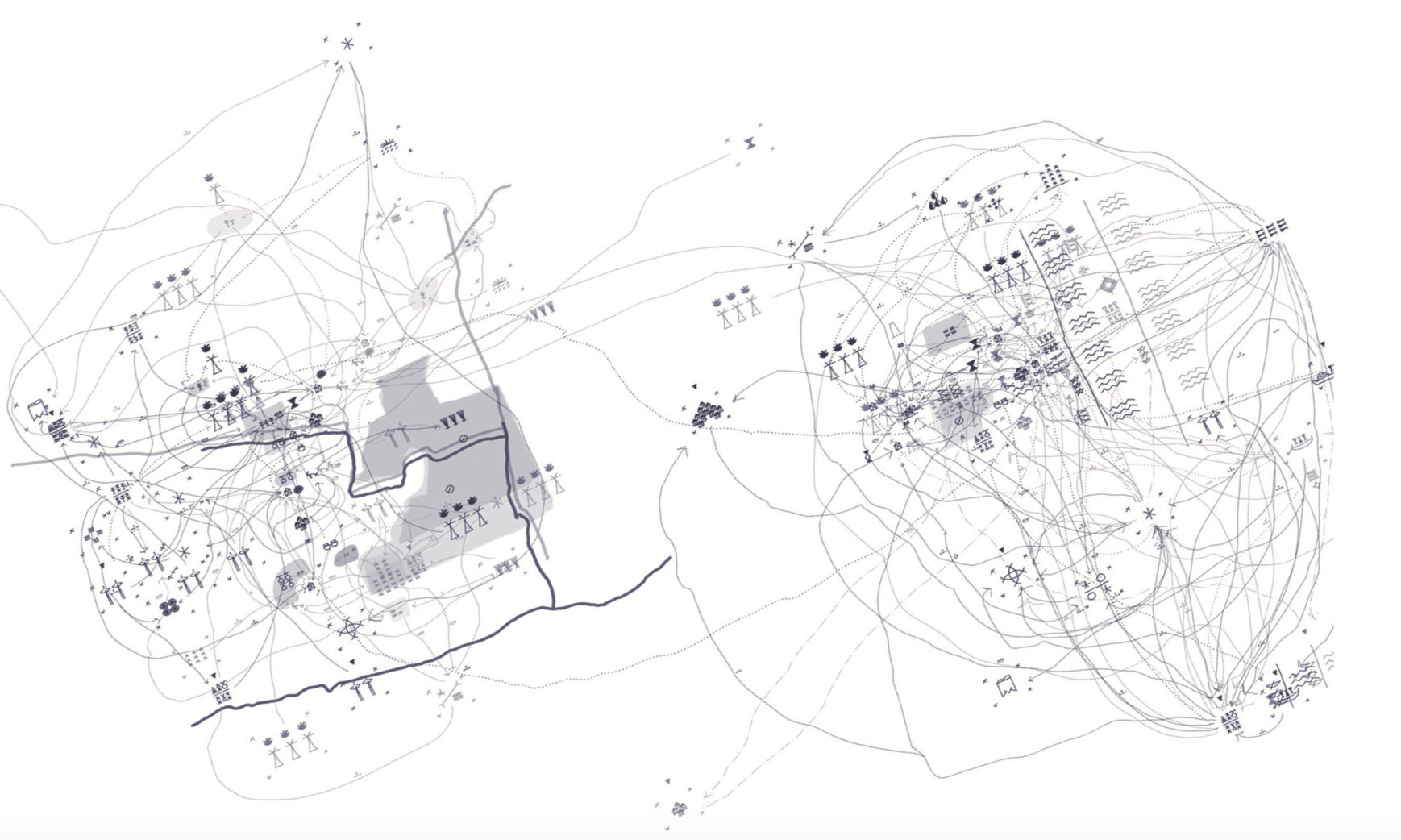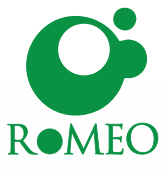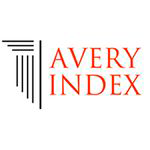A Paradigm of the Contemporary City: Temperature as Embodied Perception.
Abstract
Can we rethink space and inhabiting from a body-centred perspective that considers the dynamic interaction between humans and the environment as affecting and being affected? This paper explores theoretical concepts in practice, identifying the types of spaces that operationalise this idea and the practices necessary to realise it. Humanity appears increasingly detached from the physical and material realms. However, it is argued that we are entering a phase characterised by a renewed focus on the body and materially grounded elements. Anthropocene represents a crucial turning point, prompting a reevaluation of human engagement with the world and envisioning new methods to address these changes. A body-centred paradigm is proposed as a solution for embracing these challenges, examining implications on individual (the body), societal (the social body), and cultural levels (the cultural body). This lens thoroughly explores the connection between humans and the environment. The concept of environmental temperature will serve as a tool for applying this worldview, extending beyond scientific definitions to encompass the dynamic between human, non-human, and material bodies. This concept and the methodology proposed for applying it will highlight the significance of residual spaces and art-architectural practices as a starting point for developing new ways of inhabiting our world. The hypothesis is that contemporary practices, such as performative installation and transitory architectures, may be viewed as forms of environmental occupation, revealing possibilities for reusing and reactivating unseen spaces. This approach fosters attunement and an ethic of care, reshaping our understanding of space and habitation.
Downloads

Downloads
Published
How to Cite
Issue
Section
License
Copyright (c) 2025 Melina Francesca

This work is licensed under a Creative Commons Attribution 4.0 International License.
The authors keep their rights upon their work, although they transfer, in a non-exclusive way, the rights of exploitation (reproduction, publication, distribution, public dissemination and presentation) to the Journal. The authors are, therefore, free to enter additional, separate contracts for the non-exclusive distribution of the version of the work published in the Journal (for instance, by hosting in an institutional repository or publication in a book), provided credit is given that the work was initially published in this journal. The works are published under a Creative Commons Attribution 4.0 (CC BY 4.0) license.











